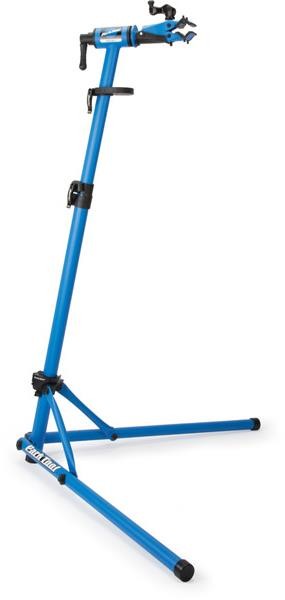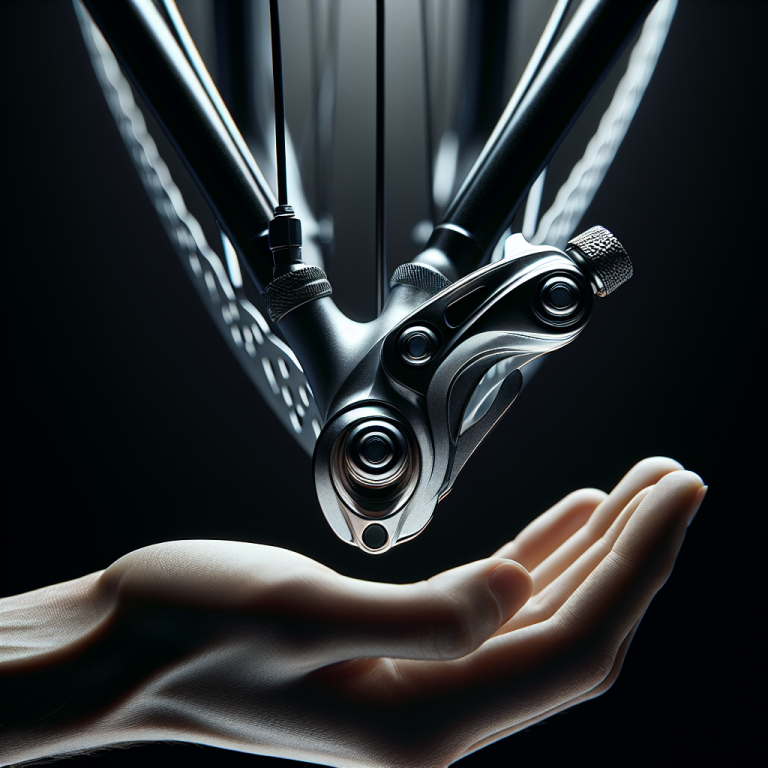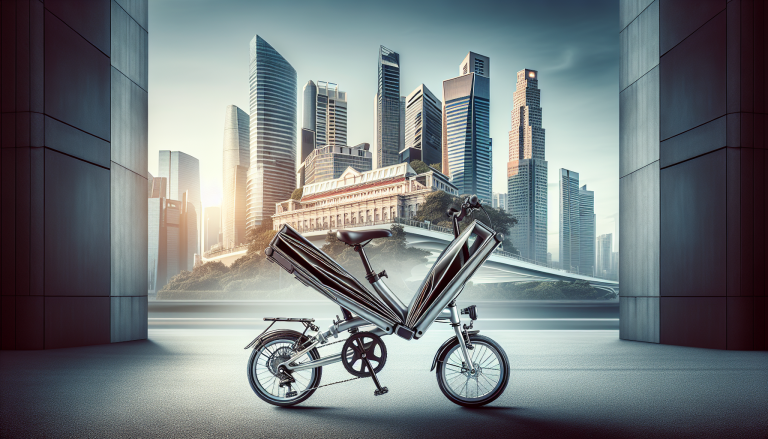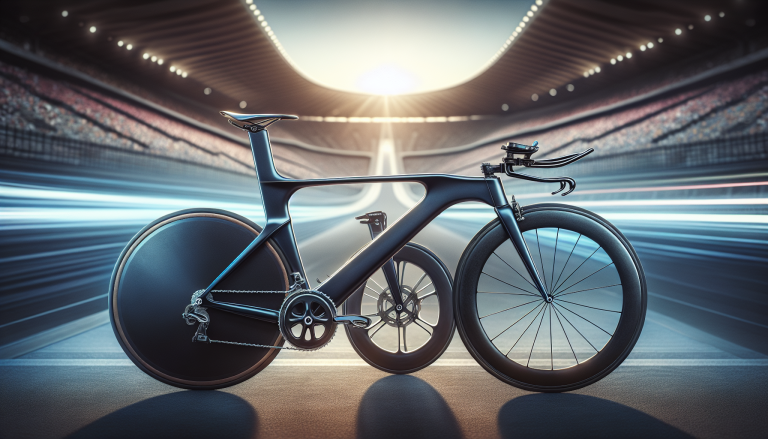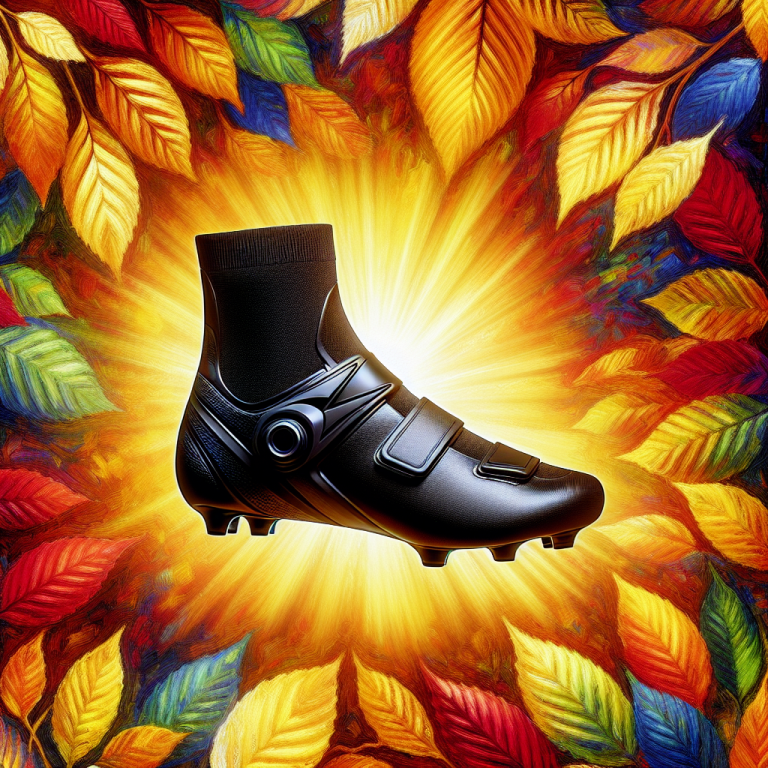Have you ever wondered what handlebars on bikes are actually made from? Well, rest assured, you’re not alone in your curiosity. In this article, we will explore the fascinating world of handlebar materials, from the traditional steel to the increasingly popular carbon fiber options. So, grab your helmet and join us on this journey to uncover the secrets behind the sturdy and reliable component that helps steer your favorite two-wheeled adventure.
Table of Contents
ToggleMaterial Overview
When it comes to handlebars, there are several different materials to choose from. Each material has its own unique properties that can greatly impact your riding experience. In this article, we will explore the different materials commonly used for handlebars: Metal, Aluminum Alloy, Steel, and Carbon Fiber. By understanding the characteristics of each material, you can make an informed decision on which handlebars are the right fit for you.
Metal Handlebars
Construction
Metal handlebars, typically made from steel or aluminum alloy, are known for their strength and durability. These handlebars are usually constructed using a combination of welding and tube bending techniques. The construction process ensures that the handlebars can withstand the stress and pressure of everyday riding, providing you with a reliable and sturdy option.
Durability
One of the key advantages of metal handlebars is their durability. Metal handlebars are incredibly resilient and can withstand heavy use and rough riding conditions. They are less prone to cracking or breaking compared to other materials, making them a popular choice for riders who put their bikes through intense adventures or demanding terrains.
Aluminum Alloy Handlebars
Advantages
Aluminum alloy handlebars have gained popularity in recent years due to their lightweight nature and strength. Compared to traditional metal handlebars, aluminum alloy handlebars weigh significantly less, making them an excellent choice for those seeking a lightweight bike setup. Despite their lighter weight, these handlebars still offer great strength and durability, allowing you to enjoy a reliable and sturdy ride.
Disadvantages
While aluminum alloy handlebars offer many advantages, they do have some drawbacks to consider. One of the main disadvantages is their reduced vibration dampening capabilities. Compared to other materials like carbon fiber, aluminum alloy handlebars do not absorb as much road vibration, which may lead to discomfort during long rides. Additionally, aluminum alloy handlebars can be more prone to bending or denting under extreme pressure or impact.
Steel Handlebars
Strength
Steel handlebars are known for their exceptional strength. This material can withstand heavy loads and provides excellent durability, making it a popular choice for riders who prioritize strength and reliability. Steel handlebars are less likely to bend or deform under pressure, ensuring that you have optimal control and stability while riding.
Weight
While steel handlebars offer superior strength, they tend to be heavier compared to other materials. The weight of steel handlebars can make a noticeable difference in the overall weight of your bike, which may impact your speed and maneuverability, particularly if you are a competitive rider. However, for riders who prioritize strength over weight, steel handlebars are a fantastic choice.
Corrosion Resistance
Another advantage of steel handlebars is their corrosion resistance. Steel handlebars are less likely to rust or corrode, even when exposed to harsh weather conditions. This makes them a great option for riders who often venture out in wet or humid environments. With proper maintenance, steel handlebars can last a long time, providing you with many enjoyable rides.
Carbon Fiber Handlebars
Lightweight
If weight is a major consideration for you, carbon fiber handlebars are the way to go. Carbon fiber is an extremely lightweight material, making it ideal for riders who want to reduce the overall weight of their bike without compromising strength and performance. With carbon fiber handlebars, you can enjoy a more responsive and agile ride, especially during climbs or sprints.
Stiffness
Another notable characteristic of carbon fiber handlebars is their stiffness. Carbon fiber has excellent rigidity, which translates to better power transfer and control. This stiffness results in a more direct response when steering, allowing you to navigate through tight corners or technical trails with precision.
Vibration Damping
One of the major advantages of carbon fiber handlebars is their superior vibration dampening capabilities. The carbon fiber material effectively absorbs road vibrations, providing a smoother and more comfortable ride. This is particularly beneficial for riders who frequently take long-distance rides or encounter rough road conditions. By reducing the impact of vibrations, carbon fiber handlebars help minimize fatigue and discomfort, allowing you to enjoy your ride to the fullest.
Choose the Right Handlebars
When selecting handlebars, it is essential to consider your riding style, comfort preferences, and compatibility with your bike setup. Here are some factors to keep in mind:
Riding Style
Different handlebar shapes are suitable for various riding styles. For example, drop bars are commonly used in road cycling and provide a more aerodynamic position, ideal for speed and efficiency. On the other hand, flat bars are often favored by mountain bikers, providing a more upright and maneuverable riding position. Consider how you typically ride and choose handlebars that complement your style.
Comfort
Comfort plays a crucial role in enhancing your riding experience. Pay attention to factors like grip shape, handlebar width, and overall ergonomics to ensure a comfortable and pain-free ride. It is essential to find handlebars that feel natural and comfortable for your hands, wrists, and overall body position.
Compatibility
Before purchasing handlebars, make sure they are compatible with your bike’s stem and brake levers. Different handlebars have varying clamp sizes and shapes, so it is essential to check the specifications or consult with a bike professional to ensure a proper fit. Compatibility is crucial for safety and optimal performance.
Handlebar Shapes
Handlebars come in various shapes, each serving a specific purpose and catering to specific riding styles. Here are some common handlebar shapes:
Drop Bars
Drop bars are most commonly associated with road bikes and offer multiple hand positions to optimize aerodynamics and comfort. The curved design allows riders to grip the lower section for speed and efficiency or utilize the top section for a more relaxed and upright riding position.
Flat Bars
Flat bars are popular among mountain bikers and provide a more upright and maneuverable riding position. These bars offer a wide grip area, giving riders greater control and stability during technical descents or off-road trails. Flat bars are also commonly seen on hybrid or commuter bikes.
Riser Bars
Riser bars, as the name suggests, feature a slight upward bend towards the rider. These handlebars are primarily used in mountain biking and offer an increased upright riding position. Riser bars provide excellent control and maneuverability, making them a great choice for riders who enjoy aggressive trail riding or downhill adventures.
Bullhorn Bars
Bullhorn bars have a unique design resembling the horns of a bull. These handlebars offer a variety of hand positions and allow riders to fully extend their arms, promoting a more aerodynamic riding position. Bullhorn bars are commonly used in urban and track cycling, providing both comfort and speed.
Aero Bars
Aero bars are predominantly used in triathlon or time trial events, where aerodynamics play a significant role. These handlebars are designed to lower the rider’s position, minimizing wind resistance and improving speed. Aero bars are typically added as an extension to drop bars or flat bars, allowing riders to optimize their riding position for maximum efficiency during time trial events.
Handlebar Accessories
To enhance your handlebar setup, there are several accessories available that can improve comfort, grip, and overall performance. Here are some common handlebar accessories:
Grips
Handlebar grips provide a comfortable and secure hold on the handlebars. Grips come in various materials and designs, allowing riders to choose based on personal preference and riding style. They play a vital role in reducing hand fatigue and improving control, especially during long rides or challenging terrains.
Bar Tape
Bar tape is commonly used in road cycling to wrap around drop bars, providing cushioning and grip. Bar tape helps absorb road vibrations and sweat, enhancing comfort and reducing hand slippage. Additionally, bar tape adds a touch of personal style to your bike, as it comes in various colors and textures.
Bar Ends
Bar ends are extensions that can be added to flat or riser bars. They offer additional hand positions, allowing riders to switch up their grip and relieve fatigue. Bar ends are particularly useful during long rides or when tackling steep climbs, providing riders with more options for hand placement and improved comfort.
Extensions
Extensions, also known as aerobars, are primarily used in time trial or triathlon events. These attachments allow riders to assume a more aerodynamic position, reducing wind resistance and optimizing speed. Extensions are typically added to drop bars or flat bars, providing riders with a wider range of hand placement and flexibility in optimizing their riding position.
Maintenance and Care
To ensure optimal performance and extend the lifespan of your handlebars, proper maintenance and care are crucial. Here are some essential tips:
Cleaning
Regularly clean your handlebars using mild soap and water. Pay attention to crevices and hard-to-reach areas, removing any dirt, debris, or residue. This prevents the buildup of grime and ensures smooth operation.
Inspection
Periodically inspect your handlebars for signs of damage or wear. Look for any cracks, dents, or bends that may compromise their structural integrity. If you notice any issues, it is advisable to replace the handlebars to maintain safety and prevent potential accidents.
Tightening
Ensure that all bolts and clamps on your handlebars are properly tightened. Use a torque wrench, if necessary, to achieve the recommended torque specifications. Loose bolts can lead to handlebar slippage or instability, jeopardizing your control and safety while riding.
Conclusion
Handlebars play a crucial role in the overall performance and comfort of your bike. Choosing the right handlebars involves considering the material, construction, and various shapes available. Each material offers unique advantages and disadvantages, so it is essential to align your choice with your riding style, comfort preferences, and bike compatibility. Remember to maintain and care for your handlebars regularly to ensure optimal performance and safety. By selecting the perfect handlebars for you, you can enhance your riding experience and enjoy many miles of smooth and comfortable cycling.


